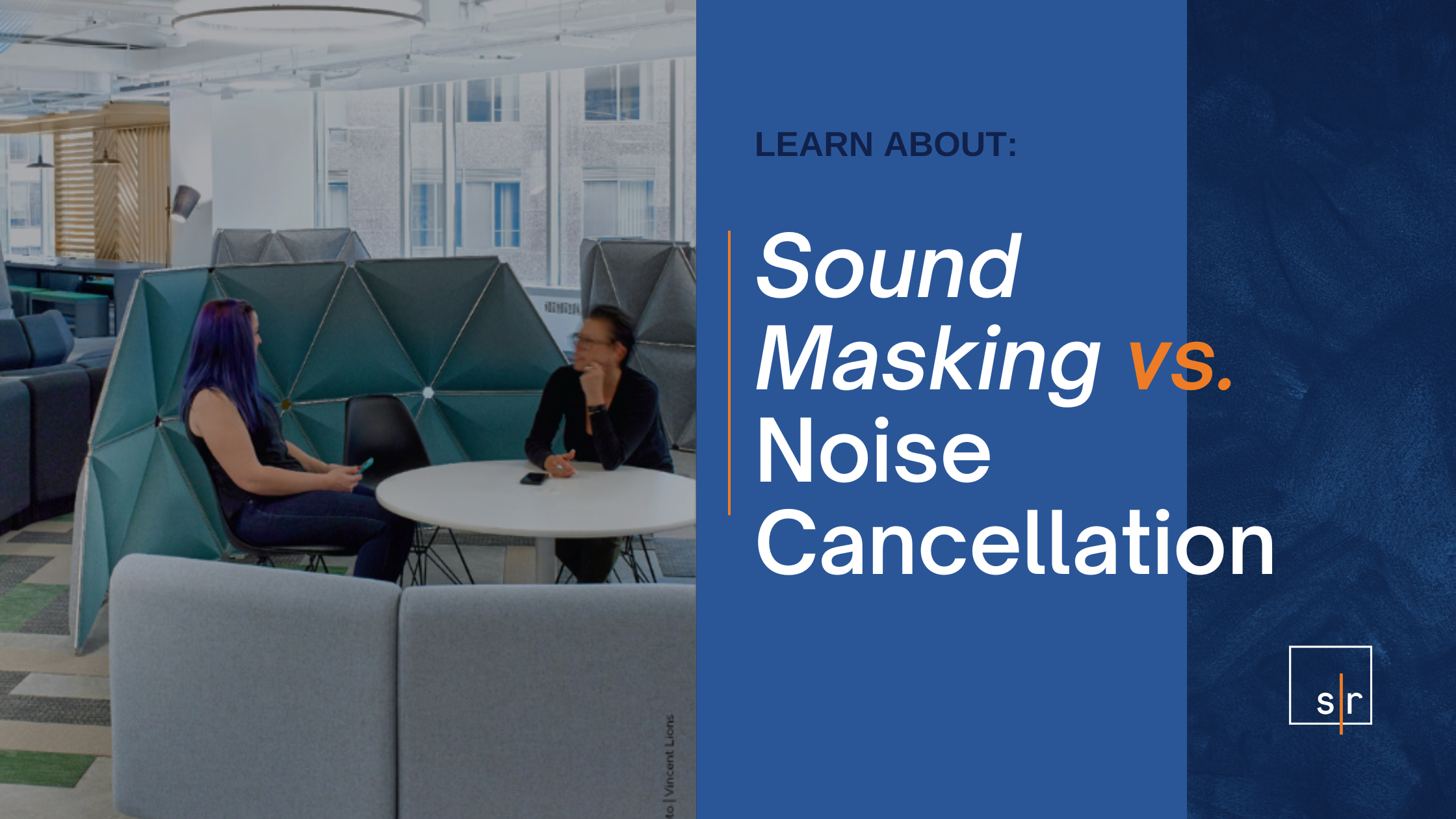Sound Masking vs. Noise Cancellation: Understanding the Differences and Applications
In modern workspaces, healthcare facilities, and public environments, managing unwanted sound is crucial for maintaining productivity, privacy, and comfort. While sound masking and noise cancellation are often mentioned in the same breath, they are fundamentally different technologies designed for distinct purposes.
This article demystifies the differences between sound masking and noise cancellation, clarifies where each is most effective, and guides decision-makers in choosing the right solution for their space.
What is Sound Masking?
Sound masking improves acoustic comfort by introducing a low-level, engineered background sound. The goal isn't to eliminate noise but to make distracting sounds—especially speech—less intelligible. This helps reduce interruptions and enhances speech privacy.
How It Works
These systems use precise frequency control to add ambient sound that matches the range of human speech. By raising the ambient noise level (or noise floor), conversations and other office sounds blend into the background, allowing for a more focused work environment.
Common Applications
Sound masking is commonly used in spaces such as:
Modern offices, where open layouts can make it difficult to focus
Healthcare environments, where confidentiality is critical
Educational and public spaces, where a calm, quiet atmosphere is important
Call centers, where multiple conversations co-occur.
What is Noise Cancellation?
Active Noise Cancellation (ANC) is a technology typically found in headphones and other personal audio devices. It's designed to cancel out unwanted noise by generating a mirror image sound wave that neutralizes the original.
How It Works
ANC systems use small microphones to detect ambient noise. They then produce an opposing sound wave to "cancel out" the noise, which is particularly effective for low, steady sounds.
Common Applications
You'll often find noise cancellation used in:
Headphones and earbuds, especially during travel or remote work
Vehicle sound systems to reduce engine and road noise
Consumer electronics, for a quieter user experience at home or on the go
Continue Reading: Sound masking vs white noise
Key Differences Between Sound Masking and Noise Cancellation
While both approaches address noise control, their methods and best-use scenarios differ significantly. Here's how they compare:
| Category | Sound Masking | Noise Cancellation |
|---|---|---|
| How they work | Adds a subtle background sound that makes conversations less intelligible. It blends, not eliminates, noise. | Uses microphones and signal processing to produce opposing sound waves that cancel out noise. |
| What they're designed for | Enhancing speech privacy and reducing distractions in shared spaces. | Personal use, especially for repetitive low-frequency sounds. |
| Where do they work best | Open offices, hospitals, and libraries. | Airplanes, public transit, or with headphones. |
| Types of noise they handle | Unpredictable, speech-related sounds like conversations, typing, and movement. | Consistent background noise like ventilation or engine hum. |
| Effectiveness | Improves the overall acoustic environment for multiple people. | Creates a quiet personal bubble using headphones. |
| Scalability | Can be installed across floors/buildings with zoned control. | Limited to individual devices worn by users. |
Continue Reading: Sound masking vs Soundproofing
Choosing the Right Solution for Your Needs
1. Consider the type of space
Start by thinking about your environment. Is it a shared workspace where multiple people work and collaborate? Or is it a situation where individuals need to tune out external noise?
If you're working in a shared environment, such as an open office or clinic, sound masking is often the more suitable solution.
If it's a personal challenge, such as working in a noisy café or during air travel, noise-cancelling headphones are a better fit.
2. Think about the nature of the noise
Different sounds require different solutions.
For speech and unpredictable distractions, sound masking is most effective.
For steady background noise, such as HVAC or engine hum, noise cancellation will be more effective.
3. Factor in installation and budget
Budget and ease of implementation also play a role.
Sound masking systems typically require professional design and installation, but they provide long-term, scalable benefits across a team or organization.
Noise-cancelling devices are easy to acquire and use, but they serve just one person at a time and don't improve the environment for others.
Real-World Example
One professional services firm installed a zoned sound masking system across its open-plan office to reduce distractions and improve confidentiality. Post-installation surveys revealed a 32% reduction in distraction complaints and measurable gains in productivity. Compared to previously used ANC headsets, sound masking delivered consistent benefits across departments, not just to individual users.
Conclusion
Both sound masking and noise cancellation have their place in modern acoustic design, but they serve very different needs:
Sound masking is ideal when you need to support privacy, productivity, and focus in shared environments.
Noise cancellation is the better choice for individual use in environments with steady, external noise.
Understanding these differences helps you make the best decision for your space. If you're designing or managing an environment where people need to focus, collaborate, or communicate privately, sound masking is likely the more impactful solution.
Are you looking to improve the acoustic experience in your workplace or facility?
Contact our sound masking specialists today for tailored guidance, or explore our Sound Masking Systems to learn how we can help you build a quieter, more productive environment.


